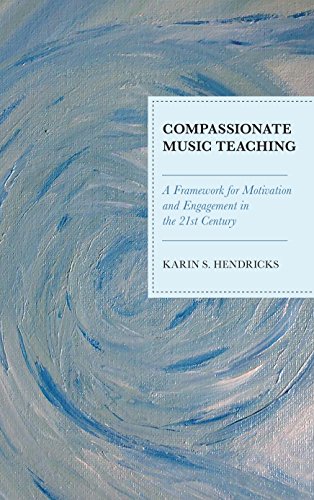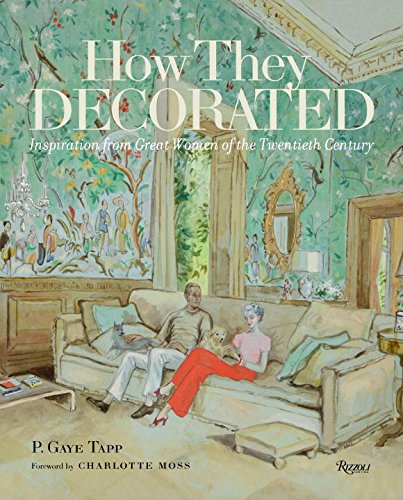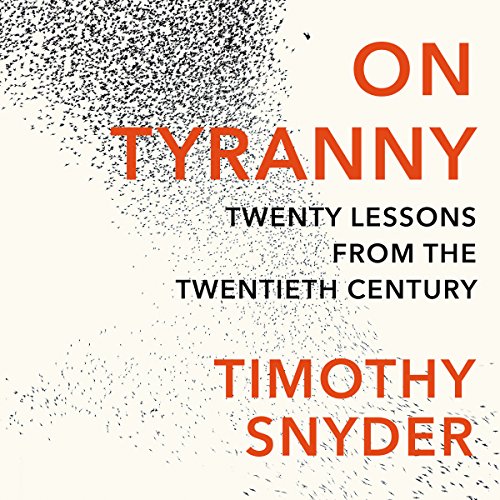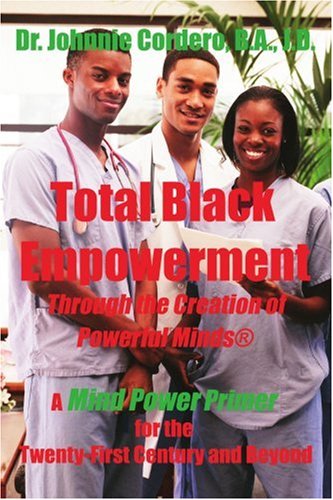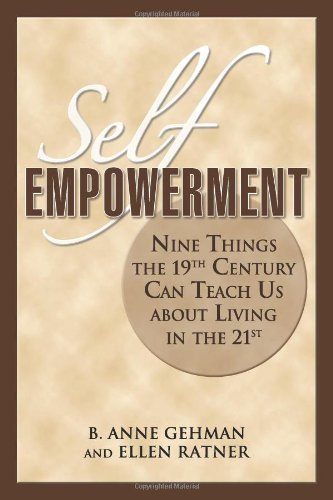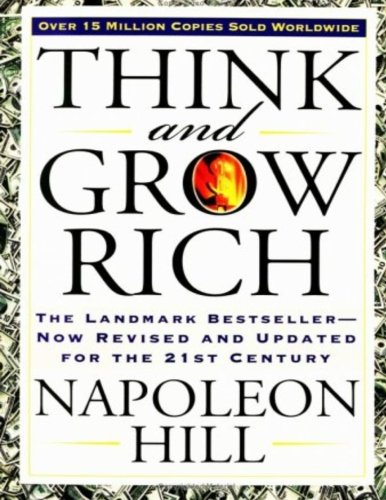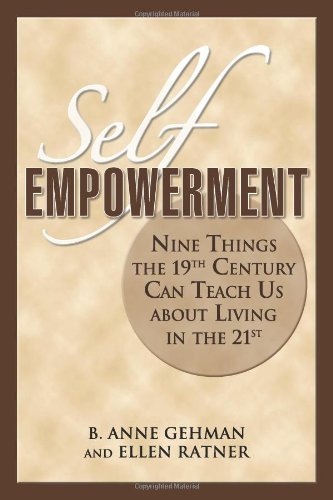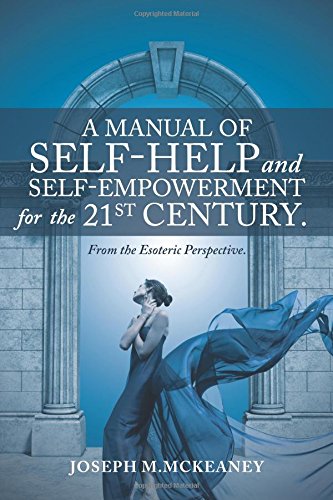
This book is written on the subject of self-empowerment and fulfillment for those people who want to improve themselves and who value freedom and authenticity more than any other principles.
The book is unique in that firstly, it is written from personal experience; and secondly, it is also written from the esoteric perspective.
The key element of this book revolves around payment—in life, we must pay for all we get. We must pay for all that is real and authentic. Should we desire freedom and authenticity in our lives, then we must be prepared to pay the price.
This may sound somewhat harsh to some, but it is a universal rule and principle. And if we understand it and take it onboard, things quickly fall into place in terms of action and efforts.
The idea involves efforts and sacrifice. Sometimes we have to sacrifice certain things in our lives in order to gain those things important to us.
We can all understand this in relation to an Olympic athelete who sacrifices much time and energy in pursuit of Olympic gold, but we seem to be unable to apply this same principle to ourselves and our life.
Should we desire maximum freedom and self-empowerment in our life, this working manual will be a definitive aid to many, so long as this basic concept is understood and used unreservedly.
This volume has been written in a lucid and clear style, avoiding the pitfalls of an academic work or pseudointellectualism. Remember the old adage, “The intellectual is the enemy of authentic knowledge and wisdom.”
This volume has many valuable sections to aid the individual quest for freedom, authenticity, and self-empowerment.
Here are just a few of the chapters listed below for your reference:
—Man’s True Inner Psychology.
—Filters in the Psyche of Man
—Addressing Personal Deficiencies
—Working on Personal Deficiencies
—Taking Back One’s Power
—Cleansing the Emotional Centre
—Fulfillment/Meaning in Life
—Relationships
—Finding One’s Gift
—Confidence and Self-Esteem
—Conclusion
This manual is written in a frank and definitive style, giving particular attention to the psychology of the self and methods useful for viewings one’s potential. This is achieved in essence via the introduction of esoteric knowledge on the subject—a powerful modality that enables one to reassess how we function as human beings and how we can develop new qualities or abilities, confidence and self-esteem, a higher cognitive ability, a new perspective on life, and how to reeducate ourselves about what really matters—exiting the herd mentality and creating a wellspring of self-empowerment and authenticity in our lives.
This material is not an academic work; it is a manual designed to be studied and then used in a practical fashion.
It does not give indications or advice that one cannot implement in a practical way. A combination of personal experience and useful esoteric wisdom creates a powerful and dynamic crucible of ideas and concepts, from which one may distill new meaning and purpose for oneself. This volume is exciting because it has been compiled by a person who has used these same principles and ideas in everyday life, with great success. With this material, we can make life our canvas!
“Teach me how to trust my heart, my mind, my intuition; my inner knowing, the senses of my body, the blessings of my spirit.
Teach me to trust these things so that I may enter my sacred space and love beyond my fear, and thus walk in balance with the passing of each glorious Sun” (Lakota Indian prayer, internet quote).
